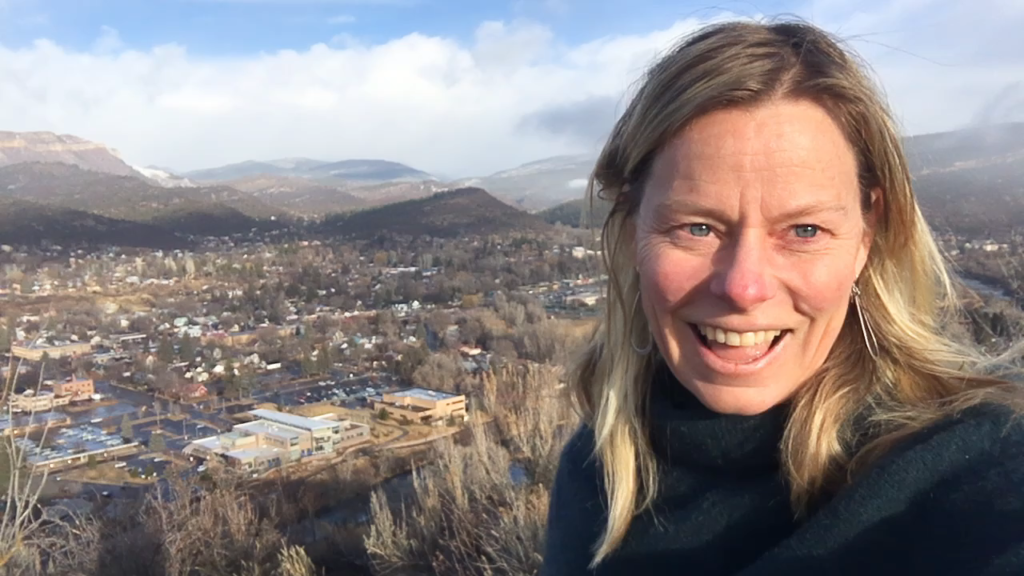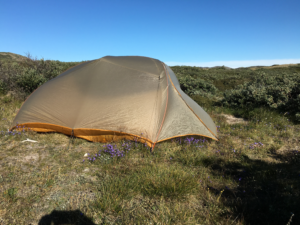About Heidi
A just world. An equal world. A sustainable world. All these are possible.
This is Heidi’s purpose and the journey she has long been on. Heidi is an environmental scientist and explorer. She has sought opportunities to go places others don’t go. I conduct research in the mountains and Arctic. These are regions of our planet where climate is rapidly changing. Why go where others don’t go? To challenge myself. To escape. To be places where anything is possible, even an unlikely demise. To bear witness to our changing Earth.
In science, the greatest acclaim comes from securing research funding and publishing in high impact journals. Yet, my vision for a career in science and my purpose is bigger than this. I want to help others, as do many in science. What is needed to promote this link between science, and decisions and practices that are good for all?
We need to identify common ground, mutual understanding and caring among scientists and non-scientists, among privileged and underprivileged, among people. We must gather, connect, and celebrate together. We must care about the concerns of others, as if they were our own. Yet, In Western culture and science, we often silo people and isolate ourselves. We see differences and create hierarchies. Connecting science with society requires inclusive and holistic approaches.
Half my life ago, the mountains and Arctic became my home. 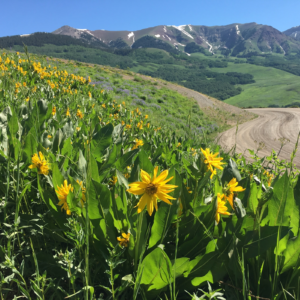 On a whim, I decided to spend a summer living at a remote field station in Colorado, the Rocky Mountain Biological Laboratory, and conducted research on an even more distant mountain hillslope. I was 21 years old and had seldom camped. I dared myself to spend days alone in mountain meadows and even some nights.
On a whim, I decided to spend a summer living at a remote field station in Colorado, the Rocky Mountain Biological Laboratory, and conducted research on an even more distant mountain hillslope. I was 21 years old and had seldom camped. I dared myself to spend days alone in mountain meadows and even some nights.
Days were easier. I remember lying down in a meadow, sinking into the earth. I peered towards the sky. I saw mostly green. The plants surrounded me. I felt protected by them. At night, I wished for the will to go outside the tent. I’d heard there would be a meteor shower, the Perseids. Far from anyone in a high elevation basin at night, I stayed nestled within my sleeping bag inside my tent where I felt safe.
Five years later, I’d lived for many summers in a mountain cabin, hiked miles above treeline on my own, and earned my PhD. I chose to study alpine tundra ecosystems. I wanted science to influence policy and thought this would depend on political reform. I struggled to write well. And, I disagreed with mentors, because I didn’t believe science was for science’s sake.
Pursuing a career in science has not been simple. I’m not competitive. Power is not important to me. I felt constrained by the behaviors expected and choices available. As a woman and a vanguard, the path to achievement in science was not clear.
I chose to keep exploring. The Arctic called. For two summers, I lived in a tent amidst grizzlies and grassy tussocks next to a braided river in the Western Brooks Range, Alaska. There I studied how mountain watersheds at the northern limit of trees are changing as trees sprout and grow amidst the tussocks. There, I stood atop mountains few have summited, searched for mammoth fossils, and grew more courageous.
Greenland, Patagonia, and Antarctica have also called. I’ve learned how plants and soils respond as our world warms and winters change, and understood their connection to the air, rivers and sea. Yet, opportunities for the greatest insights have come not from where I could go or what I could study next, but who I would next meet.
This past summer, I went to Alaska to study a rapidly changing region of the sub-Arctic. There, I met a Yupik Eskimo woman, and together we looked for signs of how lakes had drained in her homeland, the Yukon-Kuskokwim Delta. I was willing to walk the tundra with her, sit by lakes that are gone, and understand her perspective on why it matters when these lakes are lost.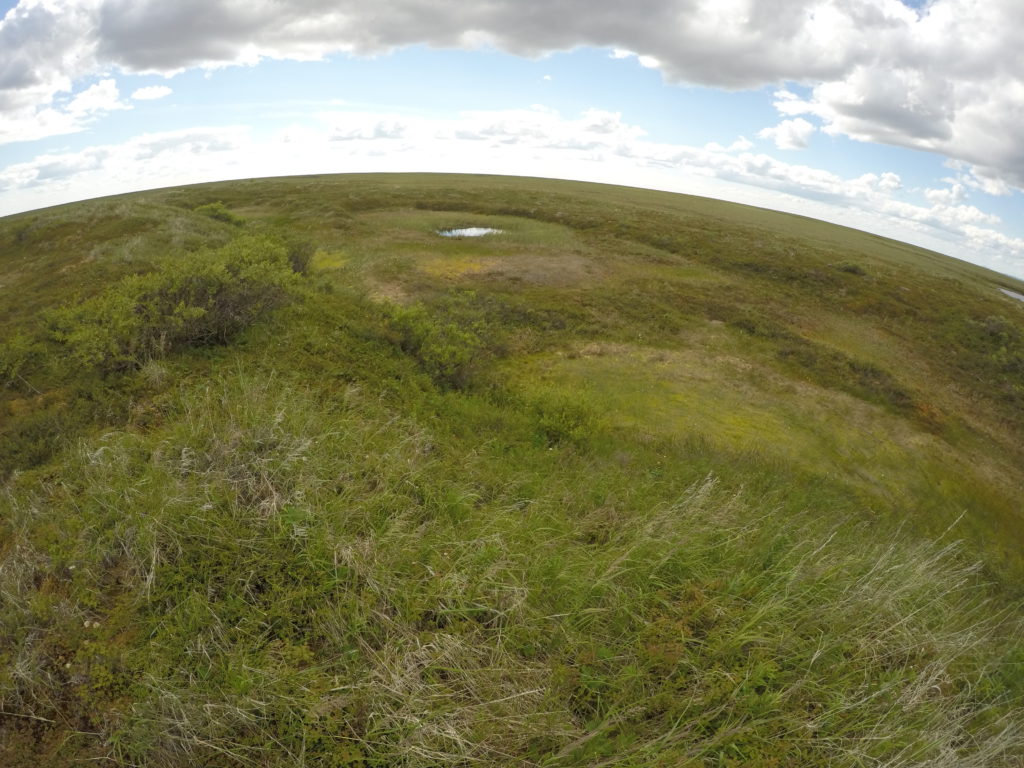
She told me Yupik stories of how the lakes were formed and instructed me on what plants to eat. I shared with her technological and systematic approaches for sampling plants, ones perceived as exact, better in Western science. We collected plants where there once were lakes and made tea. I learned that in her culture there is no word for science. The Yupik do not see discovery as separate from spirituality. As we explored the tundra together, science didn’t begin and end. Instead, it flowed.
Similarly, during the Homeward Bound expedition on a ship in Antarctica with seventy-six women in science from around the world, the lessons occurred in unstructured ways. How does one learn to lead? One learns to lead organically by watching penguins, spending days together at sea, having critical conversations, and sharing cups of tea. Because, science, belief in ourselves and others, and caring should flow and be entwined.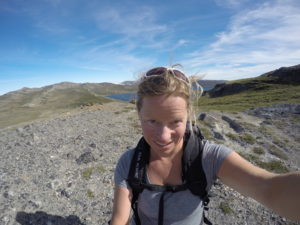
I’ve been exploring our Earth for over twenty years. I want to share stories about its beauty and its strength, its vulnerability and my own. Moreover, I want to hear others’ tales of discovery and concern, and identify common ground. Together, we can foster greater security for all. Plants and tents can protect us. For a sustainable world, we must protect us.
This is my journey. It began by daring myself to be alone in the wild. Now, my journey requires the courage to listen to and speak with people. On a planet with over seven billion humans, science is essential to manage Earth as our global home. Science is for each of us and all of us. It is a rigorous process and also a spiritual one. Science is about connecting and caring. Science is harvesting plants and sharing cups of tea.
I published my story in January 2018 with Stories in Science.

